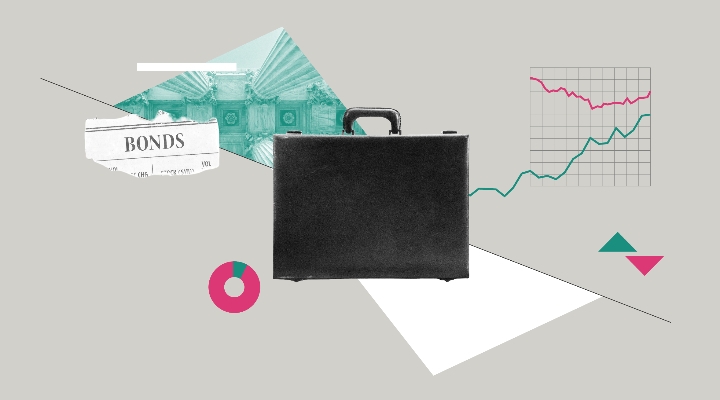
After years of sleepwalking, bond yields and the markets that trade them have jolted awake. Central banks have raised rates aggressively, plunging bond markets into uncharted waters.
There are a few rules of thumb that are helpful for bond investors to take note of when navigating markets like this one. One has laid dormant in the fixed income markets for nearly 15 years: a concept known as escape velocity. Let's dust it off.
Higher bond yields realign the risks investors should acknowledge when choosing what bonds to invest in. When yields are low, bond prices are not discounted very much relative to the face value of the bond (effectively the amount of the loan).
With a lower price cushion, the risk of capital losses – that is, bond prices falling owing to a subsequent rise in market rates – is high. That makes a bond more attuned to shifts in the prevailing interest rate, all else equal.
Duration is a way of expressing this relationship mathematically. It has a few ingredients: the face value of the bond, the coupon rate, the prevailing market interest rate, and years to maturity. By discounting the cash flows back to today, duration gives you an approximate measure of a bond’s sensitivity to interest-rate movements, given its starting yield.
A good rule is that you can expect a bond to rise or fall by its modified duration, which is denominated in years, for every 1 percentage point move up or down in interest rates. We can illustrate this concept with a hypothetical $1,000 "plain vanilla" bond that matures in 10 years and pays out an annual coupon of 4%.
For most of the past 15 years, bond investors operated in an environment where yield was extremely hard to find – not too dissimilar from the first two rows in this table. As evidenced by the table, lower yields modestly extend a bond’s duration, creating a slightly bumpier ride for bond investors.
In those types of situations, it's almost always true that a high-quality government bond's duration is greater than yield to maturity, which means that bond investors can expect a negative nominal return as rates rise. Take the example of a bond priced at par, found in Row Two in the table above. If rates rise after the bond is bought, the fall in price offsets the coupon and the investor loses money.
Bummer, right? But as interest rates start to creep up, that no longer has to be the case. The north and south poles of bond investing invert: yields rise, and bond prices fall. If the conditions are just right, yields can actually overtake duration. That’s where escape velocity comes in, and stuff starts to get really weird.
How Does It Work?
Let's take the example of the bond in the bottom row of the table above. If rates start at 10% instead of 4%, an investor would pay $631 upfront instead of $1,000. If rates rise by 1 percentage point, the bond’s duration of 7.2 means it will lose roughly 7.2% of its value – not fun. However, an investor still has a margin of safety: $632 is a lot cheaper than $1,000, and they still have the same amount of coupons coming in the door, and time has passed, which brings the investor a year closer to their bond maturing.
Inclusive of all of those levers, one can expect that over a calendar year the gears of bond math will overturn the initial price decline and an investor will end up with a positive nominal return of 3.3%. This math holds over the entire life of the bond, which means rates can rise to almost 19% and the investor will still end up with a positive return.
In the current interest-rate environment, escape velocity indicates that short-term bonds are on sale. Investors have fled the asset class in droves, hollowing out that bond market segment in favor of a barbell of shorter-term securities like money market funds, which have even higher yields, and bonds with a longer time horizon, which offer more certainty.
It's not hard to figure out why. Meanwhile, cash-like instruments are going for an even deeper discount than short-term bonds are, providing all the income that some investors need to satisfy near-term goals.
This article was adapted from our US website but the illustrations hold true for bond investors wherever they are








.jpg)




















